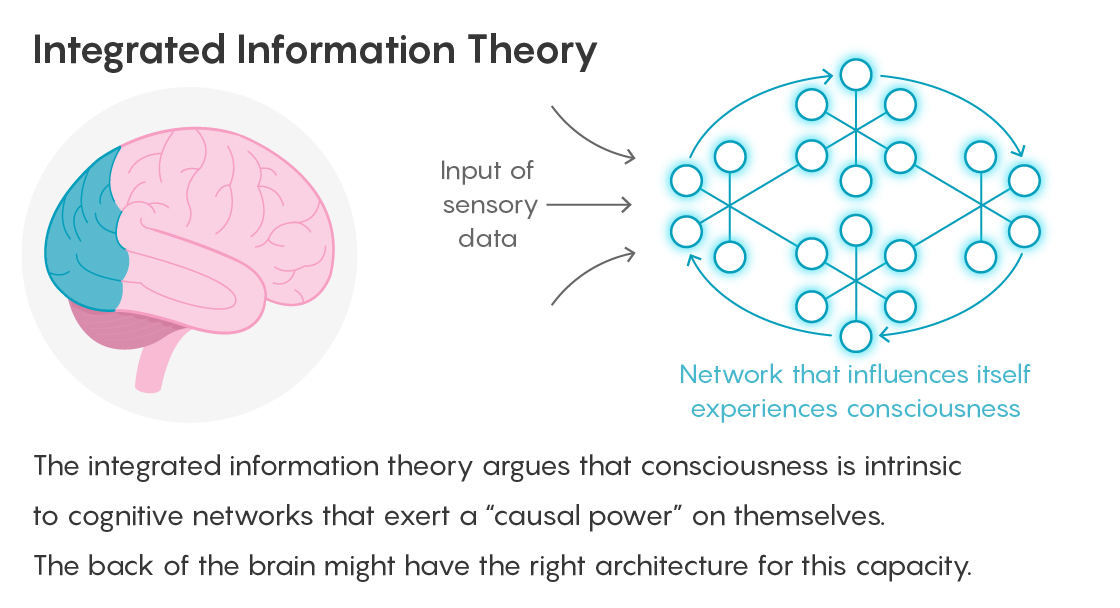Integrated Information Theory (IIT)

One of the most interesting question to be made is about the nature of consciousness. During a long time the question of consciousness was considered as a philosophical question but during the last decades this question has been approached by the science with the emergence of the Integrated Information Theory (IIT) by Giulio Tononi. This paradigm, proposes a radical reconceptualization of consciousness, framing it as an intrinsic property of physical systems, quantifiable through information integration.
At its core, IIT posits that consciousness arises from the intricate interplay of information within a system. Tononi’s theory begins with five axiomatic properties of phenomenal experience: intrinsic existence, composition, information, integration, and exclusion. These axioms serve as the bedrock upon which the mathematical edifice of IIT is constructed.
The theory introduces a novel metric, denoted by the Greek letter Φ (phi), which quantifies the degree of integ rated information within a system. This measure, Φ, becomes the crux of IIT’s framework, hypothesizing a direct correlation between its magnitude and the intensity of conscious experience.
Central to IIT is the concept of a system’s cause-effect structure - a complex network of causal relationships that defines the system’s internal dynamics. This structure, IIT argues, gives rise to the qualitative aspects of consciousness, or qualia, through the specific patterns of information integration it engenders.
As the theory unfolds, it presents a nuanced view of consciousness as a spectrum rather than a binary state. This perspective implies that consciousness, to varying degrees, may be a fundamental feature of reality, potentially extending beyond biological systems to any entity capable of integrating information in specific ways.
One big problem with this theory is the lack of empirical validation. Nevertheless, I believe that an initial functional theory of consciousness is a good starting point to build models more closely related to AGI. As the perceptron is a model that simplifies a lot the human brain, but is a good starting point and you can build marvelous things with it, I think that the same way of thinking can be applied to consciousness theories. We could start with this simple functional theory and then build more complex ones, but with these simpler theories we may already be capable to build marvelous things.